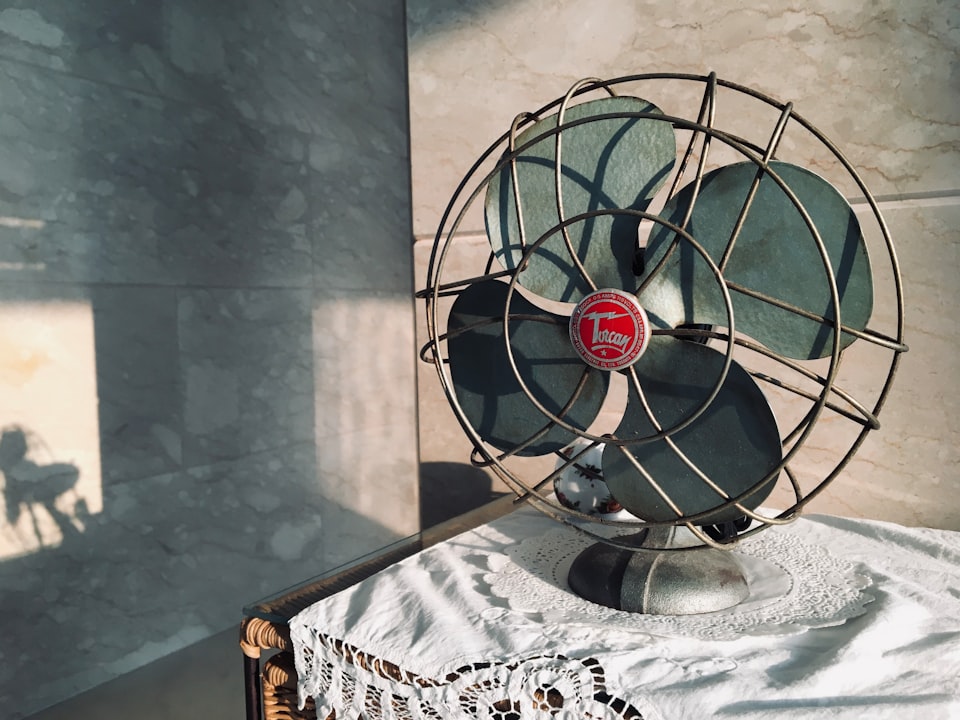Car Fundamentals: Cooling System

In this post, we'll explore the cooling system of a car on a high level.
We aim to learn about what components are involved and provide a basic understanding of what each part does. So, let's head right in!
Overview
The cooling system in a car has three main jobs:
- Remove excess heat from the engine
- Warm up the engine quickly when it's cold
- Maintain the correct temperature while the engine is running.
A cooling system in a car keeps the engine from getting too hot. A mixture of water and antifreeze, called coolant, absorbs heat from the engine. A water pump pumps the coolant through the engine. As it flows, it soaks up heat from the engine's hot parts. Then, it travels to the radiator, releasing the heat into the air outside the car.
Radiator
The radiator helps keep the engine cool by transferring heat from the coolant to the air around it. Hot coolant flows into the radiator at the top and travels down through small pipes with fins attached. These fins increase the surface area for heat to transfer to the air. As air moves over the fins, it carries away the heat, cooling the coolant. Other radiators may be used for cooling transmission fluid, engine oil, or a turbocharger, and some help warm up the passenger compartment.
Thermostat
The thermostat regulates the engine's temperature. When the engine is cold, it blocks the coolant flow so the engine can warm up quickly. As the engine warms up, the thermostat opens up, allowing coolant to circulate and maintain the right temperature. It adjusts based on factors like vehicle speed and outside temperature.
Water Pump
The water pump is like the heart of the cooling system. It moves the coolant through the engine to prevent overheating. A paddle wheel inside the water pump, called an impeller, pushes the coolant through the system. The water pump is usually located at the front of the engine and is powered by the engine's crankshaft pulley.
Cooling Fan
The cooling fan helps prevent the engine from overheating when the car stops or moves slowly. It is powered by the engine's crankshaft or a small electric motor. A thermal fan only runs when the coolant temperature is too high, saving energy and reducing engine noise.
Hoses
Radiator hoses carry coolant between the engine and the radiator. They are made of thick rubber with layers of fabric to strengthen them. Other hoses carry coolant to different parts of the car, such as the heater in the passenger compartment.
Heater & Defroster
The car's heater uses the excess heat from the engine's cooling system to warm up the interior. Heater hoses carry hot coolant to a small radiator under the dashboard. There, an electric fan blows warm air into the passenger compartment. The warm air can also be directed towards the windshield to defrost it, and some cars have an electric defroster built into the rear window.
Air Conditioning
An air conditioning system works like a refrigerator. Liquid refrigerant moves in a closed loop. A compressor squeezes it, making it turn into vapour. A radiator cools the vapour, making it liquid again. This process absorbs heat. Another radiator gets cold, and air blown over it cools and goes into the car through ducts. The car's AC systems usually share parts with heaters.
Thank You
There we go! The exploration of a car's cooling system is all done.
I hope you found this helpful and that it helped you better understand the car's cooling system and how it operates on a high level.